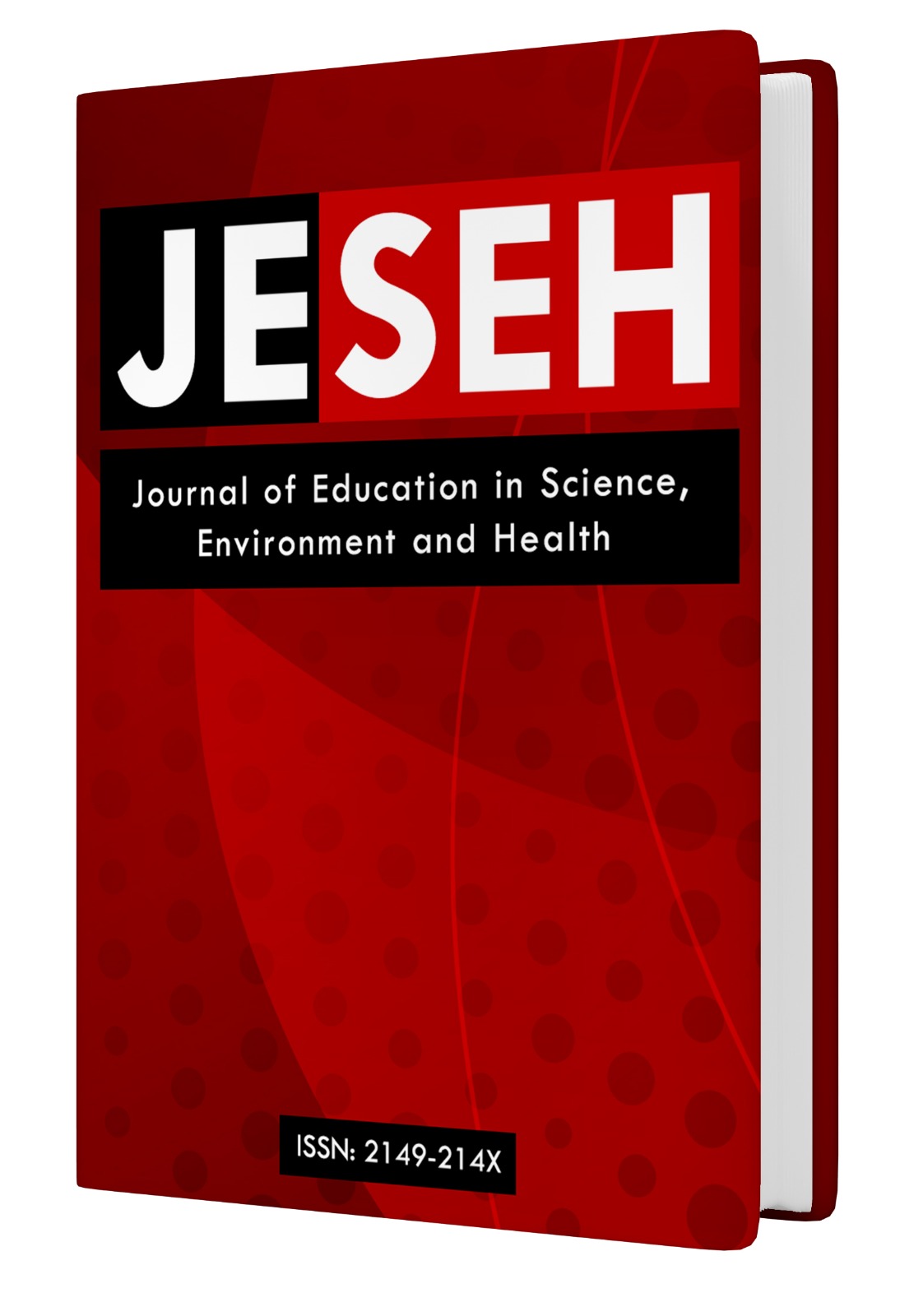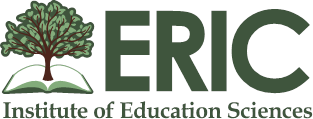Technological Tools Used in Misconceptions Studies in Physics Education: A Systematic Review
DOI:
https://doi.org/10.55549/jeseh.814Keywords:
Science Education, Misconceptions, Educational technologyAbstract
Today, knowledge and technology are produced rapidly. In this case, the aim of educators is to develop appropriate environments instead of presenting information directly to students and to develop students' ability to access and use information by blending it with other information. This situation reveals the importance of concept education in education with technological tools. In this study, it is aimed to understand what and how technological tools have been used to identify or eliminate misconceptions in physics education in the last 10 years. For this reason, 83 studies, including 22 theses and 63 articles, were analyzed in this field between 2010 and 2020. The studies were examined according to the themes of publication year, publication type, purpose, method/pattern, sample, data collection tools, technological tool method/technique used, data analysis method, and the subject studied. As a result of the examinations; it was seen that the studies in this field increased as the year 2020 approached, that they were aimed at eliminating rather than detecting, that the majority of the studies consisted of articles, that they focused on the abstract concepts of physics, which are difficult, that animations and simulations were mostly used, and that quantitative research methods were preferred.
References
Unsal, A.A. & Aydogdu, C. (2025). Technological tools used in misconceptions studies in physics education: A systematic review. Journal of Education in Science, Environment and Health (JESEH), 11(3), 210-220. https://doi.org/ 10.55549/jeseh.814
Downloads
Published
Issue
Section
License
Copyright (c) 2025 Journal of Education in Science, Environment and Health

This work is licensed under a Creative Commons Attribution 4.0 International License.
The articles may be used for research, teaching, and private study purposes. Any substantial or systematic reproduction, redistribution, reselling, loan, sub-licensing, systematic supply, or distribution in any form to anyone is expressly forbidden. Authors alone are responsible for the contents of their articles. The journal owns the copyright of the articles. The publisher shall not be liable for any loss, actions, claims, proceedings, demand, or costs or damages whatsoever or howsoever caused arising directly or indirectly in connection with or arising out of the use of the research material. All authors are requested to disclose any actual or potential conflict of interest including any financial, personal or other relationships with other people or organizations regarding the submitted work.






